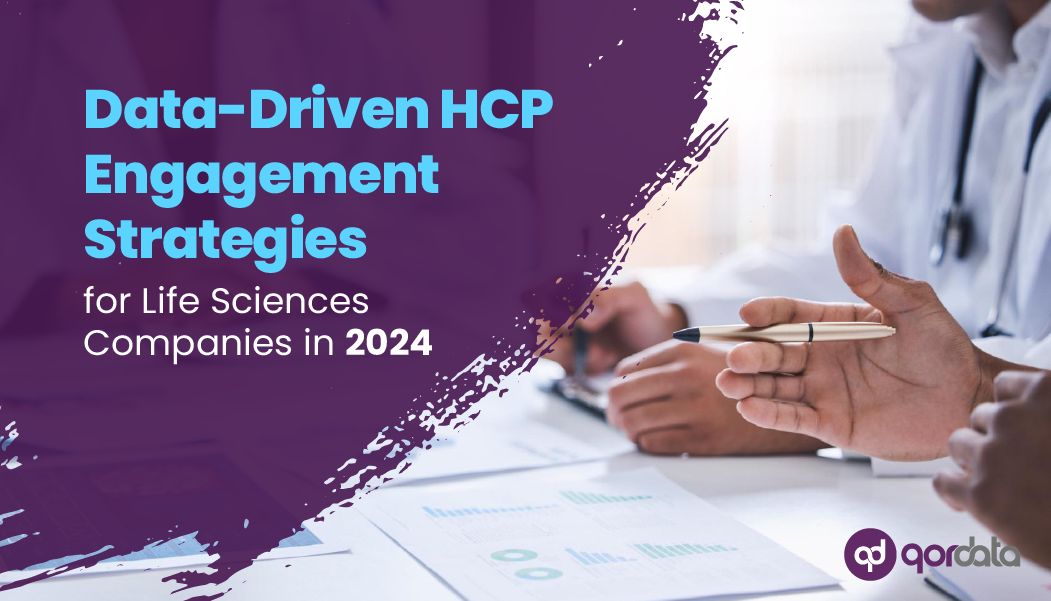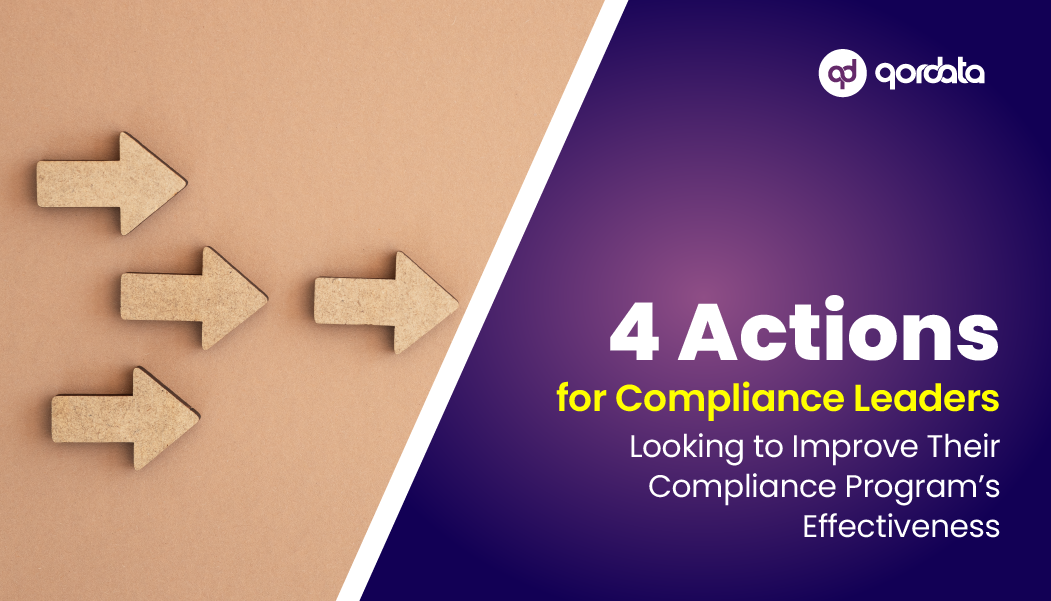Life sciences companies rely on speaker programs to educate healthcare professionals (HCPs) about their products and services. However, these programs can also risk violating the Anti-Kickback Statute (AKS), which prohibits offering or receiving anything of value to induce or reward federal healthcare program business referrals.
Data-driven compliance monitoring in the life sciences industry involves collecting and integrating data, analyzing it with advanced techniques to detect anomalies, using predictive modeling for forecasting, issuing alerts, maintaining documentation, ensuring continuous monitoring, training employees, tracking compliance metrics, and seeking legal expertise. This approach helps companies proactively identify and prevent violations such as those related to the Anti-Kickback Statute, reducing legal and financial risks associated with non-compliance.
By integrating monitoring tools into their compliance programs, companies can maintain transparency and reduce the chances of costly regulatory penalties.
The Significance of the Anti-Kickback Statute in HCP Interactions
Before we delve into Compliance Monitoring solutions, it is vital to understand the significance of the Anti-Kickback Statute in the life sciences industry.
1. What is the Anti-Kickback Statute?
The AKS is a federal law prohibiting offering or receiving anything of value to induce or reward federal healthcare program business referrals. The AKS applies to a wide range of entities, including life sciences companies, HCPs, and third-party vendors.
The AKS is designed to protect the integrity of federal healthcare programs and ensure that patients receive the best possible care, free from financial inducements. It’s key to note violations of the AKS can result in civil and criminal penalties, including fines, imprisonment, and exclusion from participating in federal healthcare programs.
2. The Impact on Speaker Programs
Speaker programs, a common industry practice, often involve healthcare professionals who are paid for providing education and training on Life sciences products. A life sciences company could violate the AKS if it:
- Pays HCPs excessive fees for speaking engagements.
- Provides HCPs with lavish entertainment or meals in conjunction with speaking engagements.
- Requires HCPs to purchase the company’s products or services as a condition of participating in speaker programs.
The Role of Digital Compliance Monitoring Tools
In recent years, Compliance Monitoring solutions have emerged as powerful tools for enhancing compliance monitoring in speaker programs. Let’s explore how they are reshaping the compliance landscape:
Real-time Data Analysis
It enables real-time monitoring of speaker program transactions and data. This allows compliance professionals to track payments, expenses, and interactions as they occur, making detecting any irregularities or potential violations much easier.
Predictive Analytics
Predictive analytics can identify patterns and trends within large datasets, flagging potential compliance risk areas before they escalate. This proactive approach can prevent violations before they occur, ensuring effective adherence to the Anti-Kickback Statute.
Automation and Efficiency
Easily streamline compliance monitoring processes by automating data collection and analysis. This efficiency frees up compliance professionals to focus on strategic oversight and decision-making.
Data Integration
These tools can seamlessly integrate with other compliance systems, creating a holistic view of all compliance-related activities. This integration enhances transparency and simplifies reporting.
Case Studies – Why You Must Remain Compliant?
To emphasize the effectiveness of Compliance Monitoring, let’s examine real-world cases where these tools have made a difference:
In 2012, a pharmaceutical company agreed to pay $3 Billion to settle allegations that it violated the AKS by paying HCPs excessive fees for speaking engagements. As part of the settlement, the company agreed to implement several compliance measures, including Compliance Monitoring of speaker programs.
In 2019, a pharmaceutical company agreed to pay $225 Million to resolve charges of illegal kickback schemes and unlawful promotion of an opioid painkiller. The settlement included a deferred prosecution agreement, guilty pleas to mail fraud, and financial penalties. The pharmaceutical company also paid $195 Million for violating the False Claims Act by providing kickbacks to healthcare practitioners to prescribe their medicine.
Integrating Compliance Monitoring Solutions
Data-driven compliance monitoring should be integrated into the overall compliance program. This will help ensure that the company takes a comprehensive approach to compliance and that monitoring tools are being used effectively.
When integrating monitoring tools into a compliance program, companies should consider the following:
- Identify the Risks: The first step is to identify the specific risks associated with the company’s speaker programs. This will help to determine which monitoring tools are most appropriate for the company’s needs.
- Select the Right Tools: There is a variety of compliance monitoring tools available, e.g., HCP Engage, Risk-based Scoring, and Compliance Monitoring.
- Implement the Tools Properly: Companies need to implement the tools properly once the right tools have been selected. This includes training employees in using the tools and developing procedures for reviewing and responding to alerts.
- Regular Review of the Monitoring Plan: Companies, regardless of their size, should periodically review their compliance monitoring program to ensure its effectiveness and to promptly identify and address any potential compliance issues.
Why Digitalize Compliance Monitoring of Speaker Programs?
Compliance Monitoring offers many benefits to life sciences companies, including:
- Comprehensive Coverage: Monitoring tools can help companies proactively identify and prevent AKS violations. This can help companies to avoid costly regulatory penalties and maintain a reputation for ethical business practices.
- Reduced Risk: It can help companies reduce the risk of AKS violations and other compliance issues. This can lead to several advantages, including lower costs, improved reputation, and increased investor confidence.
- Increased transparency: compliance monitoring tools can help companies to increase transparency in their speaker programs. This can help to build trust with HCPs and other stakeholders, and it can also help to deter compliance violations.
- Improved Efficiency: Automate many of the tasks involved in compliance monitoring, such as tracking payments to HCPs and monitoring HCP attendance at speaking engagements. This can free compliance professionals to focus on other essential tasks, such as developing and implementing compliance programs and providing training to employees.
- Gain Actionable Insights: Generate reports that provide insights into speaker program activity and potential compliance risks. This information can be used to improve compliance programs, make better decisions about speaker programs, and identify areas where additional training or resources are needed.
In addition to these benefits, digitalized compliance monitoring can also help life sciences companies to:
- Improve the quality of their speaker programs: By using digital monitoring tools to track and analyze speaker program data, companies can identify improvement areas. This can lead to better speaker presentations, more engaged audiences, and more effective programs.
- Demonstrate their commitment to compliance: Digitalized compliance monitoring can show regulators and other stakeholders that the company is committed to staying compliant. This can lead to reduced regulatory scrutiny and help build stakeholders’ trust.
Key Benefits of a Compliance Monitoring Solution
- Digitalize monitoring plan
- Custom Checklists
- Risk-Based Selection
- Risk Remediation
- Field and Virtual Monitoring
- Executive Visibility
The Future of Digitalized Compliance Monitoring
As technology advances, we expect to see more robust and effective Compliance Monitoring tools emerge.
In the future, Compliance Monitoring tools are likely to incorporate artificial intelligence (AI) and machine learning (ML) to better identify and assess potential compliance risks. AI and ML can also be used to automate remediation tasks, such as generating reports and sending alerts to compliance professionals.
Conclusion
In conclusion, the digitalization of compliance monitoring in speaker programs within the life sciences industry is revolutionizing how we ensure adherence to the Anti-Kickback Statute. These tools offer real-time data analysis, predictive analytics, automation, and data integration to proactively identify and prevent compliance violations.
Compliance professionals must embrace these innovative solutions as an integral part of their strategy for ensuring Anti-Kickback compliance while maintaining program integrity. As the life sciences industry evolves, staying ahead of compliance challenges is paramount, and digitalized monitoring tools are the key to success.
Other Relevant Reads:



